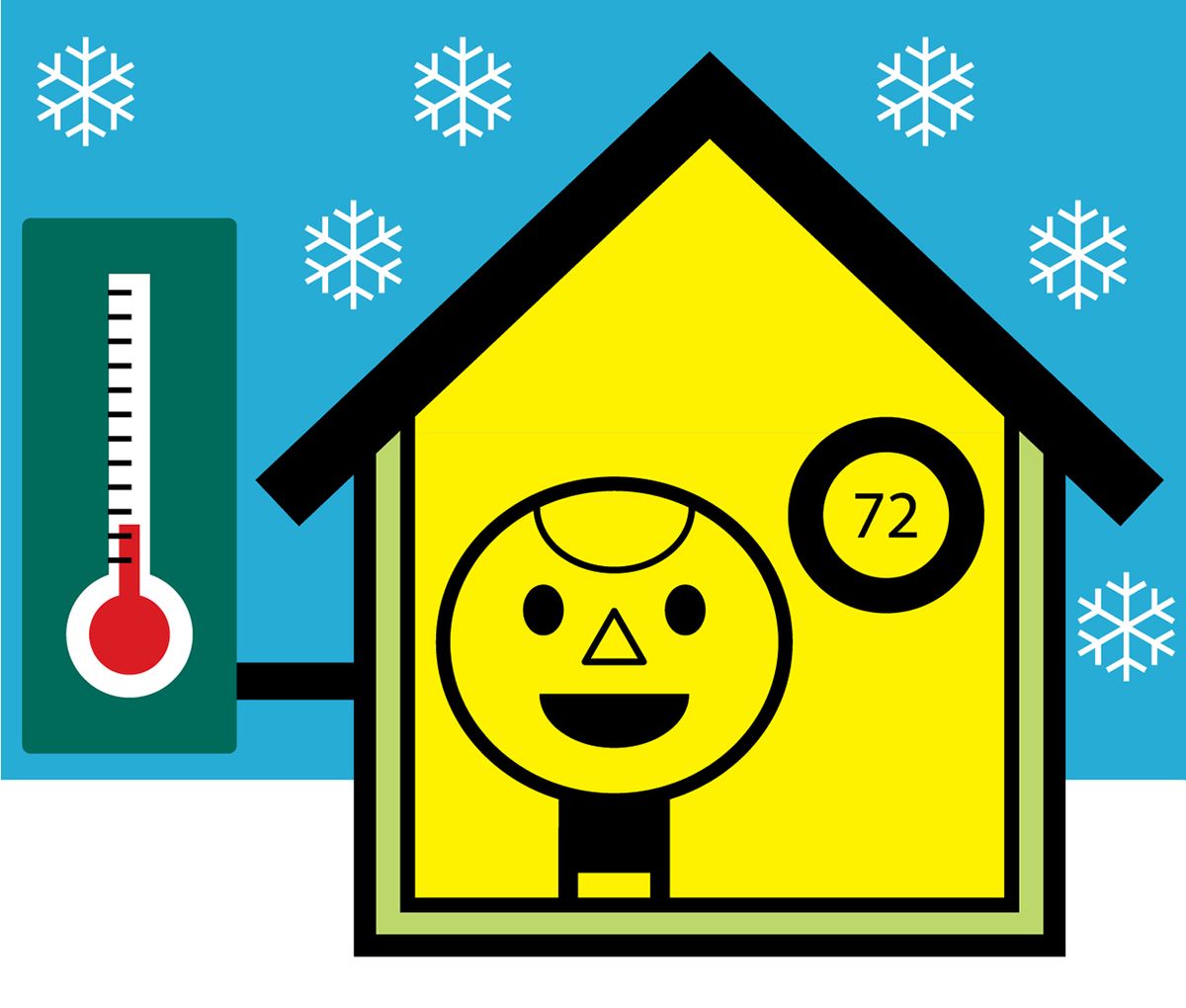First impressions often lead to wrong conclusions. I well remember receiving a friendly welcome at the residence of a European ambassador in Ottawa and, in the very next sentence, being told that this house was perfect to withstand Canadian winters because it was made of real brick and stone—not like those flimsy North American wooden things, with hollow walls. My hosts then swiftly moved to other matters and, in any case, I did not have the heart to belittle the insulating qualities of their handsome home.
The error is easy to understand, but mass and density are better indicators of sturdiness than of insulating capability. A brick wall obviously looks more substantial and protective than a wall framed with narrow wooden studs and covered on the outside with a sheet of thin plywood and aluminum siding and on the inside with vulnerable gypsum drywall. Angry European men do not make holes in brick walls.
Decades ago, when oil sold for US $2 a barrel, most pre-1960 North American houses usually had nothing more to keep out the cold than the air space between the plywood and drywall. Sometimes the space was filled with wood shavings or shredded paper. Yet, remarkably, even that feeble combination provided a bit more insulation than solid brick.
The insulating value, or thermal resistance, is measured in terms of R-value. It depends not only on the composition, thickness, and density of the insulation but also on the outdoor temperature and moisture. A framed wall from 1960 had roughly the following R values: aluminum siding (0.6), thin plywood (0.5), air space (0.9) and drywall (0.5). It all adds up to only about 2.5. Standard brick (0.8) plastered on both sides offered no more than 1.0. Hence even a flimsy 1960 mass-built North American wall insulated at least twice as well as did Europe’s plastered brick.
Once energy prices began to rise and more rational building codes came into effect in North America, it became compulsory to incorporate plastic barriers and fiberglass batts—pillowlike rolls that can be packed between the wooden frames, or studs. Higher overall R-values were easily achieved by using wider studs (two-by-six ) or, better yet, by double-studding, which involves building a sandwich from two frames, each one filled with insulation. (In North America, a softwood “two-by-six” is actually 1.5 by 5.5 inches, or 38 by 140 millimeters.) For a well-built North American wall this means adding insulation values of drywall (0.5), polyethylene vapor barrier (0.8), fiberglass batts (20), fiberboard sheathing (1.3), plastic house wrap (Tyvek ThermaWrap at 5) and beveled wood cladding (0.8). Adding the insulating value of interior air film brings the total R-value to about 29.
Brick walls, too, got better. To keep a desired outer look of colored brick, an old wall can be retrofitted from the inside by putting wooden battens (thin strips that hold insulation in place) on the interior plaster and attaching insulation-backed gypsum board integrated with a vapor membrane to keep out moisture. With 2-inch insulated plasterboard, this will triple the previous overall R-value, but even so, the insulated old brick wall will remain an order of magnitude behind the two-by-six framed North American wall. Even people who are generally aware of R-values do not expect to see such a large difference.
However, all this wall insulation can reach its potential only if the windows don’t bleed heat. Today’s best tripled-paned windows, filled with argon and topped with low-emissivity coatings, provide an R-value of up to 7.5. That’s worse than a good wall but vastly better than the R 0.9 of an old single pane held in (draftily) by disintegrating putty. Keeping warm is both an art and a science.
This article appears in the September 2019 print issue as “Bricks and Batts.”
